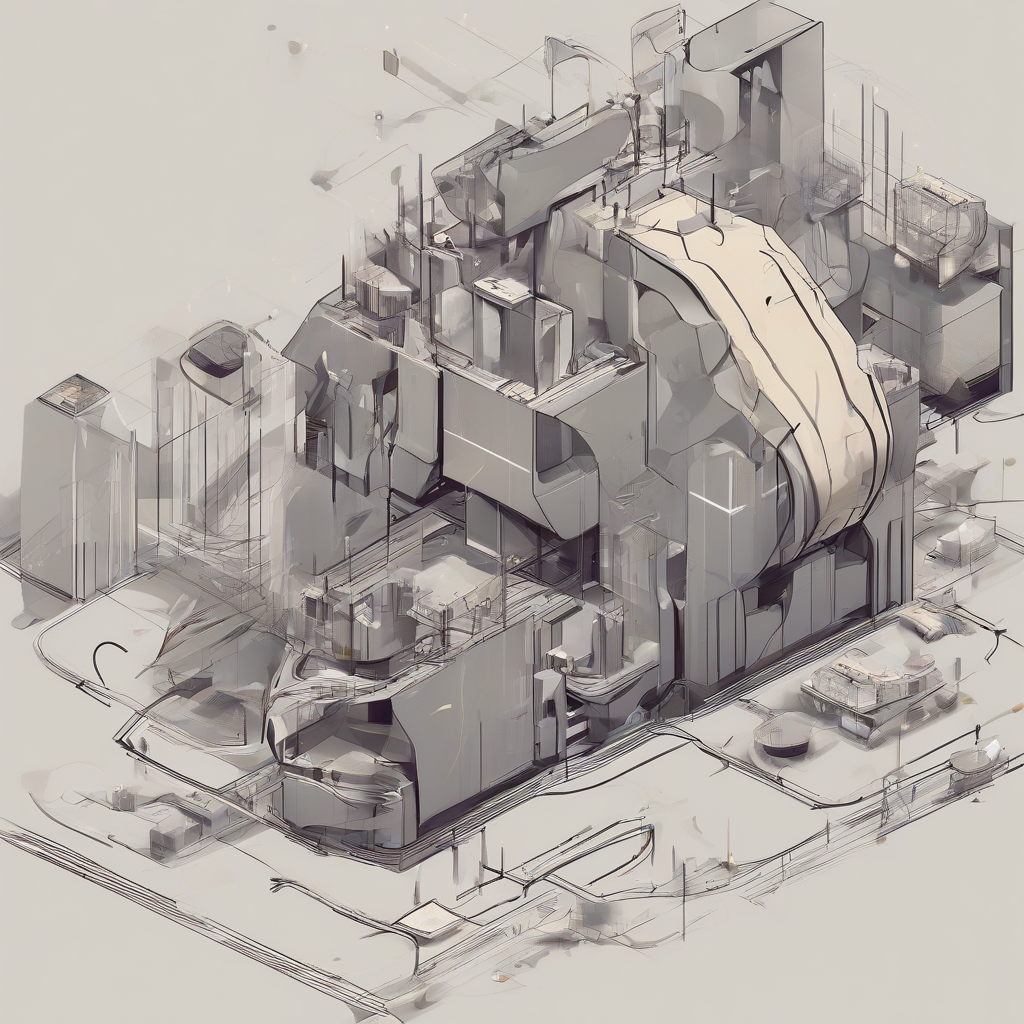
Decoding the Fine Print: A Comprehensive Guide to Vehicle Insurance Policies
Understanding your vehicle insurance policy is crucial for protecting yourself financially in the event of an accident or other unforeseen circumstances. This comprehensive guide breaks down the key components of a typical policy, helping you navigate the often-complex terminology and understand your coverage.
Types of Vehicle Insurance Coverage
- Liability Coverage: This is the most basic type of car insurance and is usually legally required. It covers damages and injuries you cause to other people or their property in an accident. It typically includes:
- Bodily Injury Liability: Pays for medical bills, lost wages, and pain and suffering of those injured in an accident you caused.
- Property Damage Liability: Covers the cost of repairing or replacing the other person’s vehicle or property damaged in an accident you caused.
- Collision Coverage: Pays for repairs or replacement of your vehicle if it’s damaged in an accident, regardless of who is at fault. This is optional but highly recommended.
- Comprehensive Coverage: Covers damage to your vehicle caused by events other than collisions, such as theft, vandalism, fire, hail, or falling objects. This is also optional but valuable protection.
- Uninsured/Underinsured Motorist Coverage: Protects you if you’re involved in an accident with an uninsured or underinsured driver. It covers your medical bills and vehicle repairs, even if the other driver is at fault and doesn’t have sufficient insurance.
- Medical Payments Coverage (Med-Pay): Pays for your medical bills and those of your passengers, regardless of fault. This coverage is often helpful in smaller accidents where fault may be unclear.
- Personal Injury Protection (PIP): Similar to Med-Pay, but can also cover lost wages and other expenses. The availability and specifics of PIP coverage vary by state.
- Rental Reimbursement: Covers the cost of a rental car while your vehicle is being repaired after an accident or undergoing maintenance due to covered damages.
- Towing and Labor Coverage: Pays for the cost of towing your vehicle to a repair shop after a breakdown or accident.
Understanding Your Policy Documents
Your insurance policy is a legal contract, and it’s crucial to understand its terms and conditions. Key sections to review include:
- Declarations Page: This page summarizes your policy, including your name, address, vehicle information, coverage limits, and premium amounts.
- Insuring Agreements: This section details the specific promises your insurer makes to you, outlining what they will cover and under what circumstances.
- Exclusions: This section lists situations or events that are specifically not covered by your policy. Understanding these exclusions is critical to avoiding unexpected expenses.
- Conditions: This outlines your responsibilities as a policyholder, such as reporting accidents promptly and cooperating with investigations.
- Definitions: This section defines key terms used throughout the policy, ensuring a clear understanding of the language used.
Factors Affecting Insurance Premiums
Several factors influence the cost of your vehicle insurance premiums. These include:
- Your Driving Record: Accidents, tickets, and DUI convictions significantly increase premiums.
- Your Age and Gender: Younger drivers and males generally pay higher premiums due to higher risk profiles.
- Your Location: Insurance rates vary by geographic location, reflecting differences in accident rates and crime levels.
- Your Vehicle: The make, model, year, and safety features of your vehicle affect the cost of insurance.
- Your Credit History: In many states, your credit history is a factor in determining your insurance rates.
- Coverage Levels: Choosing higher coverage limits results in higher premiums.
- Deductibles: A higher deductible (the amount you pay out-of-pocket before your insurance kicks in) typically results in lower premiums.
Filing a Claim
If you’re involved in an accident or experience a covered loss, it’s crucial to file a claim promptly. The process generally involves:
- Reporting the accident to the police (if necessary): Obtain a police report as it will be essential documentation for your claim.
- Contacting your insurance company: Report the accident as soon as possible and follow their instructions for filing a claim.
- Gathering information: Collect contact information from all involved parties, witnesses, and obtain photos of the damage.
- Cooperating with the insurance adjuster: Provide all necessary information and documentation to the adjuster to facilitate a fair and timely settlement.
Understanding Coverage Limits
Your policy will specify coverage limits for each type of coverage. These limits represent the maximum amount your insurer will pay for a specific claim. For example, a 100/300/100 liability policy means your insurer will pay up to $100,000 for bodily injury per person, $300,000 for bodily injury per accident, and $100,000 for property damage per accident.
Understanding these limits is critical to ensuring you have adequate protection. Insufficient coverage limits could leave you personally liable for significant expenses in the event of a serious accident.
Choosing the Right Policy
Selecting the right vehicle insurance policy involves carefully considering your individual needs and risk profile. Factors to consider include:
- Your driving history: A clean driving record allows for potentially lower premiums and a wider range of options.
- Your budget: Balance the cost of premiums with the level of coverage you need.
- Your vehicle’s value: Choose comprehensive and collision coverage that adequately protects your investment.
- Your financial situation: Determine how much risk you’re willing to assume and how much you can afford to pay out-of-pocket in the event of an accident.
- State requirements: Understand the minimum insurance requirements in your state and choose a policy that meets or exceeds those requirements.
Shopping for Insurance
Comparing quotes from multiple insurance providers is crucial to securing the best rates and coverage. Utilize online comparison tools or contact insurance agents directly to obtain quotes and compare policies. Be sure to compare not just the price but also the coverage offered by each provider.
Renewing Your Policy
Most insurance policies renew annually. Review your policy before renewal to ensure it still meets your needs and budget. Consider shopping around for new quotes to see if you can find a better deal.
Common Exclusions and Limitations
While insurance policies offer valuable protection, they often have exclusions and limitations. These can include:
- Driving under the influence (DUI): Insurance policies typically do not cover accidents caused by driving under the influence of alcohol or drugs.
- Intentional acts: Damage caused by intentional acts is usually not covered.
- Wear and tear: Normal wear and tear on your vehicle is not covered.
- Damage from racing or other illegal activities: Insurance policies typically exclude coverage for damages incurred during illegal activities.
Dispute Resolution
In the event of a dispute with your insurance company, understand your options for resolving the issue. These may include negotiation with your insurer, filing a complaint with your state’s insurance department, or pursuing legal action.
Staying Informed
Regularly review your policy and stay informed about changes in insurance laws and regulations. Understanding your vehicle insurance policy is a continuous process, and staying informed will help ensure you have the right coverage to protect yourself and your assets.


